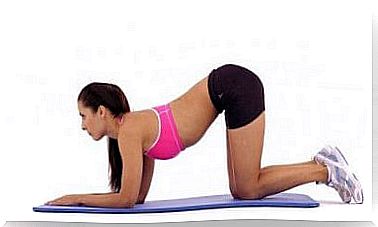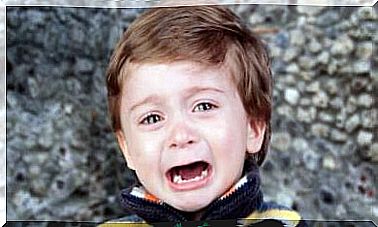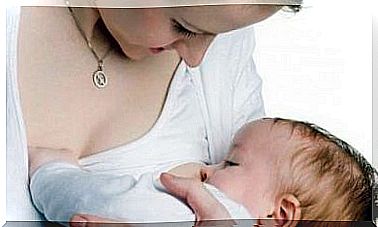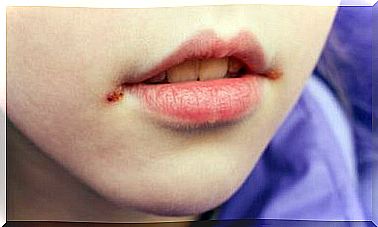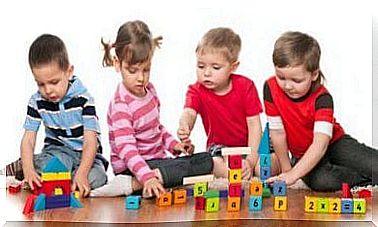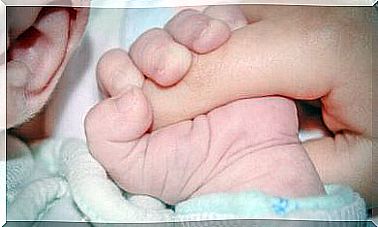How Does The Baby Experience Childbirth? – Being Parents
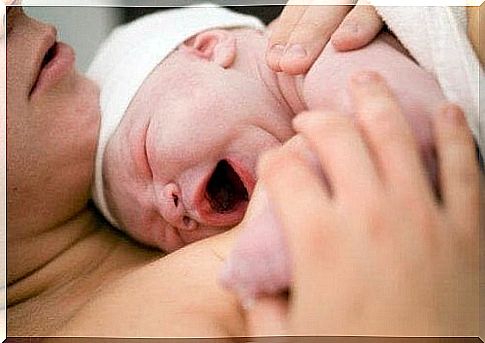
When the mother is ready to give birth, she goes through many physical and mental phases. But you may have already wondered about the baby’s point of view. This is why we will try to answer the following question: how does the baby experience childbirth?
How does the baby experience childbirth?
Certainly, childbirth is a turning point, both for the expectant mother and the baby. It is a unique experience that all mothers remember over the years. However, it is complicated to draw conclusions about the baby’s experience of childbirth. It is therefore not known whether the baby is in pain during this whole process of birth.
In front of these open questions, we confirm that the baby is actively participating in labor during childbirth. But his pain and that of the mother are totally different. The baby is likely to experience mild pain as it moves down the birth canal. However, no one has yet been able to determine this for sure.
Either way, you don’t have to worry about the baby. Indeed, its skull is able to adapt during its journey through the canal.
Therefore, there are also no reliable measures for the perception of pain in children. Nonetheless, the variability in heart rate and how much babies sleep after birth are clues that suggest the process involves mild pain.
The first contractions
The first signs of childbirth appear: contractions. With each contraction, the placenta and the umbilical cord compress. This can make it harder for the baby to get oxygen for a short time. Fortunately, for most babies this is fine.
In fact, the contractions of the uterus do not disturb the baby and his heart rate shows this.
On the contrary, when the contractions are too strong or the labor is too long, the baby lacks oxygen. However, his heart rate adapts to the lack of oxygen. Indeed, the heart can reduce its beating during contractions or on the contrary, accelerate it.
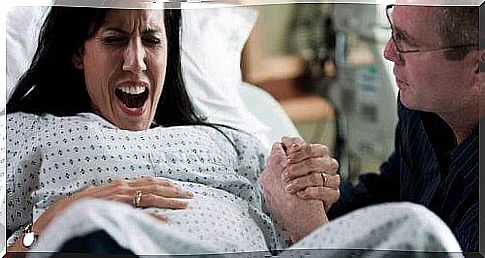
In all cases, it is considered that the baby is not in excessive pain. Indeed, he has a lot of time to get used to the contractions, thanks to the slow progression and increase in intensity of these.
The journey through the birth canal
Under the effect of the contractions, the baby gradually descends into a sort of tunnel. He performs various movements and changes orientation several times to avoid obstacles as the pass opens. True, experts can not assess the threshold of pain that the baby feels during this short trip.
Likewise, doctors are also unsure of what he sees or hears during childbirth. However, we know that a baby has certain hearing abilities before arriving in the world.
The sight of a baby before birth, on the other hand, is more difficult to assess. But after birth, we know his eyesight is blurry at first and he can’t concentrate well.
After traveling through the birth canal, the baby is in the forward position in most cases. This means that her face is oriented towards the posterior part of the mother. From there, it’s time for expulsion. The mother helps the child to come out with a series of pushes during the contractions.
Nevertheless, during the expulsion, the child may feel disturbed by significant stress, adrenaline and cortisol levels, which rise dramatically to give them the strength to come out. Once the baby’s head comes out, he begins to breathe.
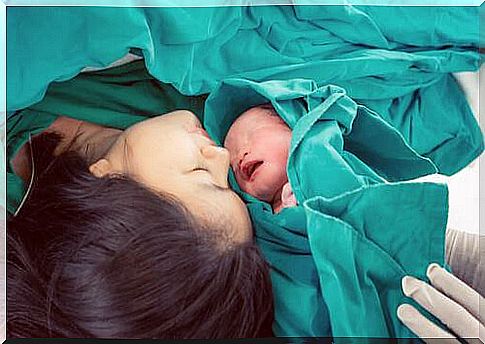
Conclusion
As you have seen, we hardly ever talk about birth from the baby’s point of view, as if it only had a passive role. On the contrary, the fetus actively participates in childbirth. This is why we hope that you now have a better idea of how the baby experiences childbirth.

